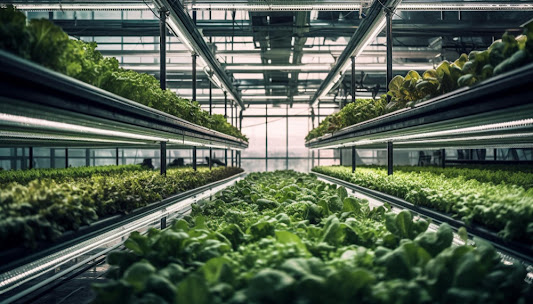Lifespan of LED and HPS Lights in Indoor Gardening
When it comes to indoor gardening, choosing grow lights with a long lifespan is essential. In this regard, LED grow lights stand out as a clear winner over traditional HPS lights, providing both durability and efficiency for growers. The Lifespan of LED Grow Lights LED grow lights are engineered to last, often boasting a lifespan of 50,000 to 100,000 hours . This means you can use them for several years without replacement. LEDs maintain their brightness and efficiency over time, reducing the frequency and cost of bulb changes. Furthermore, their solid-state design ensures they are less prone to damage, making them a reliable investment for indoor gardens. The Shorter Lifespan of HPS Lights HPS grow lights, while powerful, have a significantly shorter lifespan of 12,000 to 24,000 hours . Over time, their light output diminishes, leading to reduced effectiveness. This degradation means growers need to replace HPS bulbs more frequently, adding to the ongoing maintenance costs. Why ...
